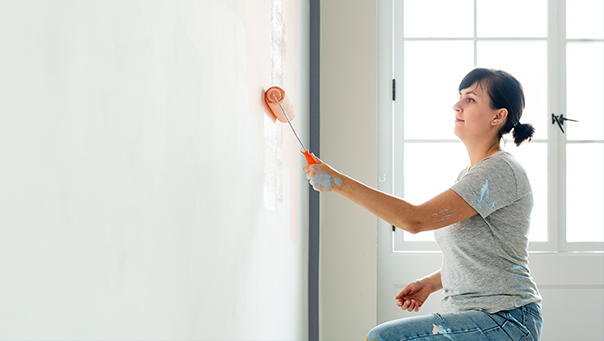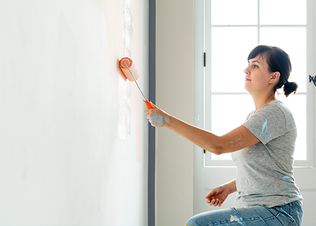
Five ways to fund a renovation
Published by MFAA
Considering transforming your home from ‘banal’ to ‘brilliant’, but lack the funds to support your makeover? Never fear, we’ve rounded up five home renovation finance options that could help turn your dream into reality.
1. Equity release / top up home loan
An equity release/top up loan is probably the most common way people borrow money when they want to renovate. It involves borrowing against the current value of your home before any value-adding renovations and in most cases allows you to obtain the funds upfront.
If you own your home outright, you can usually borrow up to 80% of its value.
If you have a mortgage on your home, the amount you can borrow is usually the difference between the balance of the loan and 80% of the value of the property.
For example, if your home is valued at $500,000 and your loan balance is -$300,000, you could borrow $100,000 – making the total loan amount $400,000 (80% of $500,000).
One potential problem is that the cost of your renovations may be higher than the equity you have available. If you run out of funds mid-construction, and if the property is then not in sound, lock up condition, you may have an issue obtaining extra funds down the track.
2. Construction loan
If you're planning to completely transform your home and undergo a major makeover, a construction loan may be a good option as you can spread the cost over a long period of time.
With a construction loan, the lender will assess the value of your home after the renovation based on the building plans and you can typically borrow against that value. You may be able to borrow up to 90% of the end value of your home and take advantage of mortgage interest rates, which tend to be lower than credit card and personal loan rates.
You won’t be given the full loan amount upfront, but usually in staggered amounts over a period of time – these are called ‘progress payments’ and are linked to a fixed price building contract you will have with your builder.
3. Line of credit
You can establish a revolving credit line that you can access (up to your approved limit) whenever you want.
You only pay interest on the funds you use and, as you pay off your balance, you can re-borrow the unused funds without reapplying if necessary.
However, care must be taken not to get in over your head in terms of serviceability. Make sure you can make repayments on the line of credit that will reduce the principle because your minimum repayment only pays the interest – it will not reduce the loan balance.
Interest rates on this type of product are typically much higher than a construction loan or equity release loan.
4. Personal loan
A personal loan may be a good option if you’re only making minor renovations.
Personal loans are usually capped at around $60,000, but interest rates on personal loans are higher than on home equity loans and payments need to be made, usually, over a maximum of seven years.
5. Credit cards
Using credit cards to fund renovations should only be considered if you want to undertake really small projects.
The interest rates are usually much higher on credit cards than mortgages, but for a very small project that extra interest might actually total less than loan establishment fees.
Ensure your renovations are adding value
There are very few exceptions to the rule that your renovations should add more value to your home than they will cost to carry out.
Think about how the money you spend on a renovation will increase the value of your property. For example, consider making changes that would appeal to the majority of potential buyers to help you sell your house faster and at a higher price.
Find an MFAA Approved finance broker to help choose the best way to fund your renovation project.




















